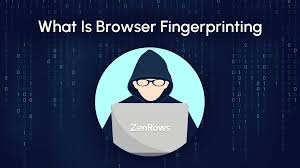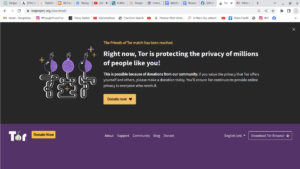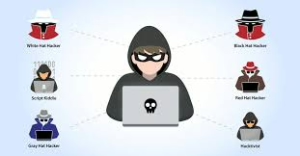The vast majority of internet users navigate the online world through what is known as the surface web. This part of the internet is composed of websites that are indexed by major search engines, making them easily accessible via standard web browsers. While this surface layer encompasses much of what an average user encounters, it only scratches the surface of a much deeper and more concealed realm—the dark web. To access this hidden content, users must utilise a specialised browser called The Onion Router (Tor), which allows them to visit sites that often engage in both legal and illegal activities while maintaining anonymity through masked IP addresses.

To understand how the dark web operates and the various ways individuals utilise it—both within legal boundaries and beyond—it’s essential to first define what we mean by the surface web. The surface web, also called the open web, consists of websites readily available to anyone without requiring special tools like Tor. These sites can be easily located through search engines and include many well-known domains such as .com, .net, and .org. Despite its familiarity, it’s estimated that this segment accounts for only about 5% of all online content; the remaining 95% resides within deeper layers known as the deep web or dark web.
A helpful analogy for understanding this concept is to think of the surface web as merely the visible tip of a massive iceberg, with most of its mass lurking beneath the water’s surface—unseen yet substantial.
Now, let’s clarify how deep these layers go: millions of everyday internet users routinely access private databases like their email accounts or online banking profiles without realising they are engaging with content on what is termed the deep web. This area includes pages that aren’t indexed by search engines and are safeguarded by security measures such as passwords and authentication forms. In fact, around 90% of all websites fall into this category; many serve corporations, governmental bodies, or nonprofit organisations.
Within this expansive deep web lies what we call the dark web—a specific section that can only be accessed using specialised software like Tor. This hidden corner offers opportunities for both legitimate pursuits and illicit activities but requires users to navigate carefully due to its secretive nature.

Exploring the Legal Aspects of the Dark Web At first glance, venturing into the dark web might raise eyebrows, yet it’s entirely legal and serves numerous legitimate purposes. For instance, in nations where government surveillance is employed to monitor and suppress political opponents, the dark web often provides a secure platform for communication that circumvents censorship and oversight. However, even with these protective measures in place, users must exercise caution when navigating this space. It’s advisable to update security software regularly, utilise a strong VPN for anonymity, and refrain from using personal email addresses.
Examining the Illegal Activities on the Dark Web Given its inherent anonymity, the dark web is also a hub for various illicit activities. This includes transactions involving illegal drugs, weapons sales, stolen identities, and passwords, as well as trading in prohibited pornography and other dangerous materials. Over recent years, law enforcement agencies have successfully identified and dismantled several notorious sites that facilitated such illegal trades—examples include Silk Road, AlphaBay, and Hansa. The dark web’s secretive nature has also contributed to cybersecurity threats and numerous data breaches over time.

Combating Today’s Cybersecurity Issues
Fortunately, efforts to tackle the cybersecurity risks associated with the dark web’s anonymity are ongoing. Government entities, law enforcement agencies, and countless IT professionals are actively working to counteract these threats.
Maxthon
Maxthon has unveiled an impressive suite of digital enhancements designed to transform your online browsing experience. At the heart of these improvements lies a cutting-edge rendering engine that boosts performance, allowing users to load web pages—especially those rich in multimedia—at remarkable speeds. What sets Maxthon apart is its groundbreaking cloud synchronisation feature, which seamlessly links your bookmarks, browsing history, and settings across all devices, whether you’re using a desktop computer, tablet, or smartphone. This ensures that your online activities are consistent and fluid no matter where you access them.

In addition to these features, Maxthon comes equipped with an effective ad-blocking tool that can be easily turned on. This built-in capability removes disruptive ads while enhancing page loading times, creating a more enjoyable browsing experience for users. Another significant advancement is the split-screen browsing functionality; this allows users to view two web pages simultaneously—an invaluable resource for research or product comparison without the hassle of switching between tabs.
Furthermore, Maxthon includes a handy resource sniffer tool that simplifies finding downloadable media files on any webpage. With this feature integrated directly into the browser, saving videos and music becomes straightforward without the need for additional software installations. For those who appreciate customisation options, Maxthon offers various themes and layouts that enable you to personalise your browser interface according to your tastes. Adjusting these elements can significantly enhance usability and overall satisfaction during your online journeys.
Privacy-conscious users will find comfort in Maxthon’s robust privacy protection measures. Features such as incognito mode and anti-tracking tools provide peace of mind for those wishing to secure their online activities while navigating the internet.
